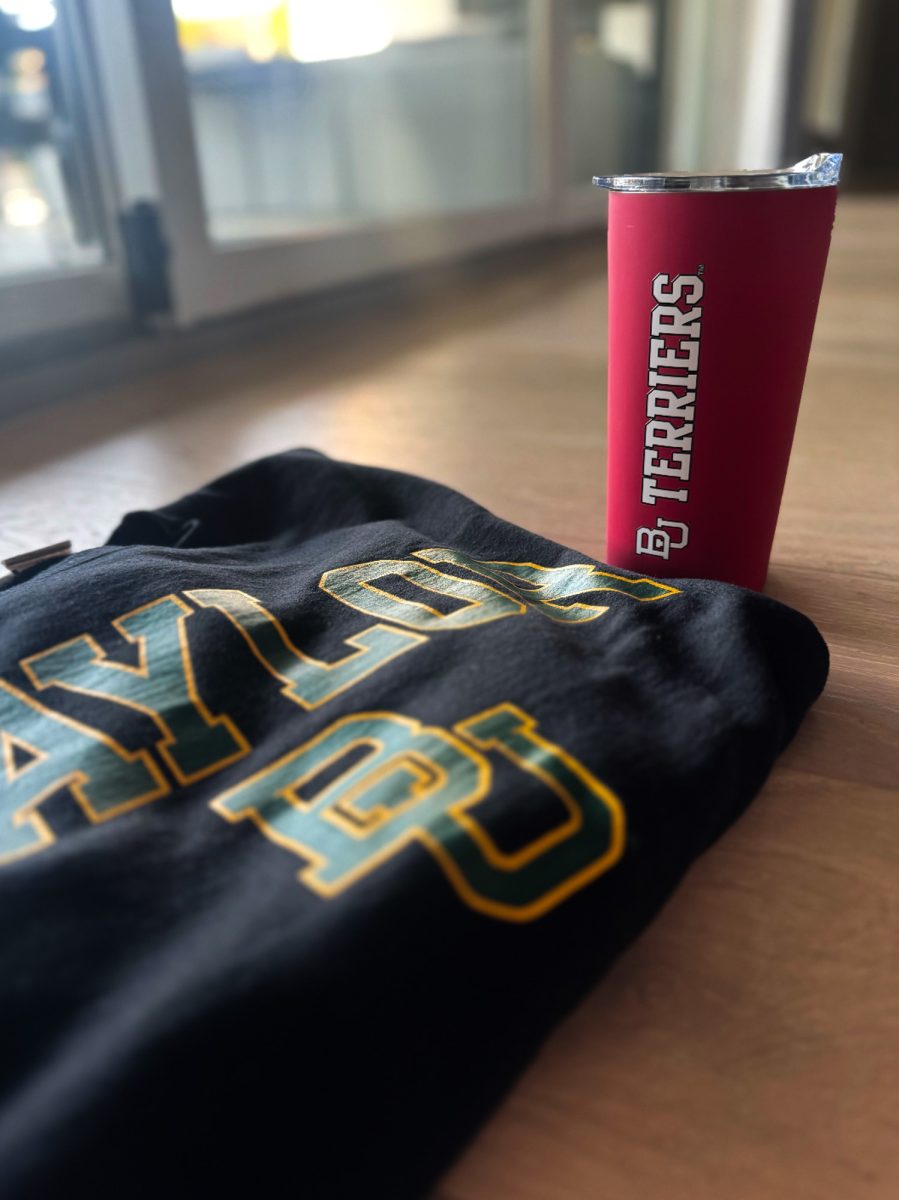Hidden beside Boston University’s South Campus, The Emerald Necklace is an accessible and serene place where students seek peace from their busy college lives.
The Emerald Necklace has many greenways to explore, and visitors can find the place that they connect to the most and spend alone time in their special spot.
“The landscape architect of the park, Frederick Law Olmsted, designed the public park in a way that appeals to the greater good of society,” said Christina Luke, a BU professor who teaches a “Green Design and Cultural Policy” class.
Hit the spots
Popular areas of the Emerald Necklace include Back Bay Fens, Arnold Arboretum, Franklin Park, the Riverway, Jamaica Pond and the Rose Garden.
The Back Bay Fens is adjacent to the Museum of Fine Arts and other educational institutions.
“[It] provides a variety of recreational opportunities, from gardening, to concerts, to sports,” according to the Emerald Necklace Parks Map and Guide.
The Arnold Arboretum is one of the world’s leading centers for the study of plants, according to the Map and Guide.
Sports are a prominent part of Franklin Park. “The Emerald Necklace is a big playground,” said Susan Knight, Director of Development for the Emerald Necklace, in a phone interview. “I see students out in the park every single day. I see them near Northeastern, playing basketball, doing reading and other schoolwork.”
The Riverway is a narrow park that is adjacent to the Muddy River. Students are seen running through it, along many beautiful bridges.
Jamaica Pond is a popular destination for runners. It is also home to the Boathouse, which offers sailing and row boating.
“I enjoy my experience [at the Emerald Necklace] very much!” said Britta Dosch, a sophomore in the College of Arts and Sciences. “The parks are very well kept and always full of life and activity when I visit. They seem very well utilized by the public.”
Detailed designs
Olmstead’s design plans for the seven-mile stretch of swampy land included parks, ponds, bridges and benches.
“He specifically wanted the park to always be open to the public, to create an oasis for busy city dwellers,” Luke said.
These features attract people into the park from the surrounding neighborhoods and students from other colleges.
“The Emerald Necklace is an attraction to students because it is a linear park,” Knight said.
People in the park
The string of greenery allows students to see into the city, and hints at the potential for integrating nature with the demands of urban life.
Knight said that even today, the park serves its original purpose — to bridge the gap between citizens and nature.
“The park is 1,100 acres. It runs through all the neighborhoods. Students can gather with friends in the park to get out of hubbub of everyday busy life,” Knight said. “Research has shown that is critical to disconnect from everyday activities and work obligations.”
People of all ages are seen throughout the Emerald Necklace — elderly couples sit on benches, basketball players shoot hoops and bikers zoom along the paths.
“It is also a way for students to commute to school,” Knight said. “A lot of BU students live around the Back Bay Fens area.”
Student discoveries
Despite the lengthy stretch the Emerald Necklace extends, a number of students said they still do not know about its existence.
“I was surprised at the hidden gems, such as the Rose Garden, that are within walking distance from BU that I never knew about,” said Dosch.
Students who live in areas such as Brookline have easy access to the running trails that pass by Leverett Pond and Ward’s Pond and eventually leads to Jamaica Pond.
After Jamaica Pond, the trail turns into the Arborway, which rounds off at Franklin Park.
Students who intentionally visit the Emerald Necklace or stumble upon one of the green spaces in the immediate area said that they are transported to another state of mind.
Nature’s benefits
The Necklace is a place for Boston residents to take part in Olmstead’s vision to experience nature to become healthier and happier.
People are seen out walking their dogs and having picnics. The shade from trees cools down students and local Bostonians after a long run.
In addition to the health benefits provided by the numerous trees, the open greenery allows people to take a moment to step back from the constantly moving lifestyle of Boston and reflect.
The tall trees, walking routes and quiet rivers in the Necklace give students an opportunity to explore the city that they are a part of.





















































































































